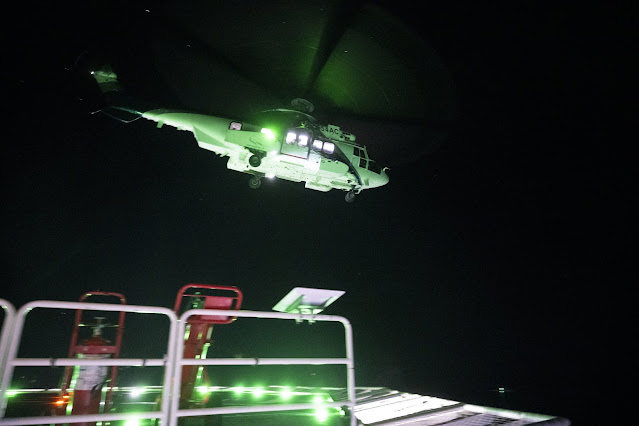Planet Earth's Ozone Hole Continues Healing in 2024 | NASA Goddard
This year, the ozone hole over Antarctica reached its annual maximum extent on September 28th, 2024, with an area of 8.5 million square miles (22.4 square million kilometers.) The hole, a region of depleted ozone, was the 20th smallest since scientists began recording the ozone hole in 1979. The average size of the ozone hole between September and October this year was the 7th-smallest since the Montreal Protocol began to take effect. Scientists with NASA and the National Oceanic and Atmospheric Administration (NOAA) project the ozone layer could fully recover by 2066.
At almost 20 million square kilometers (8 million square miles), the monthly average ozone-depleted region in the Antarctic this year was nearly three times the size of the contiguous U.S. The hole reached its greatest one-day extent for the year on September 28 at 22.4 million square kilometers (8.5 million square miles).
The improvement is due to a combination of continuing declines in harmful chlorofluorocarbon (CFC) chemicals, along with an unexpected infusion of ozone carried by air currents from north of the Antarctic, scientists said.
The ozone-rich layer high in the atmosphere acts as a planetary sunscreen that helps shield us from harmful ultraviolet (UV) radiation from the Sun. Areas with depleted ozone allow more UV radiation to reach Earth's surface, resulting in increased cases of skin cancer and cataracts. Excessive exposure to UV light can also reduce agricultural yields as well as damage aquatic plants and animals in vital ecosystems.
Scientists were alarmed in the 1970s at the prospect that CFCs could eat away at atmospheric ozone. By the mid-1980s, the ozone layer had been depleted so much that a broad swath of the Antarctic stratosphere was essentially devoid of ozone by early October each year. Sources of damaging CFCs included coolants in refrigerators and air conditioners, as well as aerosols in hairspray, antiperspirant, and spray paint. Harmful chemicals were also released in the manufacture of insulating foams and as components of industrial fire suppression systems.
The Montreal Protocol on Substances That Deplete the Ozone Layer is an international treaty designed to protect the ozone layer by phasing out the production of numerous substances that are responsible for ozone depletion. It was agreed on September 16, 1987, and entered into force on January 1, 1989. Since then, it has undergone nine revisions, in 1990 (London), 1991 (Nairobi), 1992 (Copenhagen), 1993 (Bangkok), 1995 (Vienna), 1997 (Montreal), 1999 (Beijing) and 2016 (Kigali).
Countries worldwide agreed to replace the chemicals with more environmentally friendly alternatives by 2010. The release of CFC compounds has dramatically decreased following the Montreal Protocol. However, CFCs already in the air will take many decades to break down. As existing CFC levels gradually decline, ozone in the upper atmosphere will rebound globally, and ozone holes will shrink.
As a result of the international agreement, the ozone hole in Antarctica is slowly recovering. Due to its widespread adoption and implementation, it has been hailed as an example of successful international co-operation. Former UN Secretary-General Kofi Annan stated that "perhaps the single most successful international agreement to date has been the Montreal Protocol".
Video Credit: NASA's Goddard Space Flight Center
Kathleen Gaeta (GSFC AMA): Lead Producer
Paul Newman (NASA GSFC): Lead Scientist
Amy Moran (NASA GSFC): Lead Visualizer
James Riordon (NASA GSFC): Writer
Duration: 1 minute
Release Date: Oct. 30, 2024
#NASA #ESA #Space #Science #Sun #UltravioletRadiation #Earth #Planet #Atmosphere #AtmosphericScience #OzoneLayer #OzoneHole #Ozone #Arctic #Antarctica #EarthScience #Pollution #Chlorofluorocarbons #Physics #Chemistry #Satellites #EarthObservation #RemoteSensing #InternationalCooperation #MontrealProtocol #History #Europe #STEM #Education #HD #Video















APoD.jpg)







